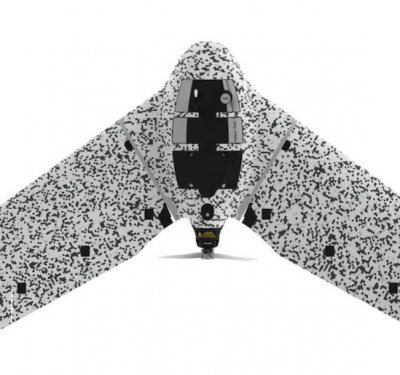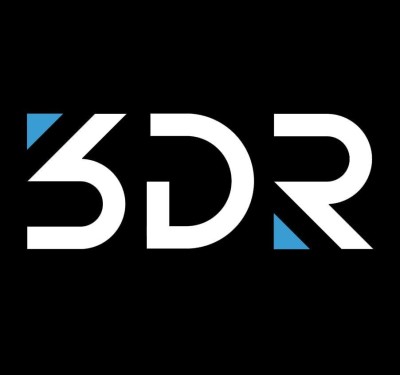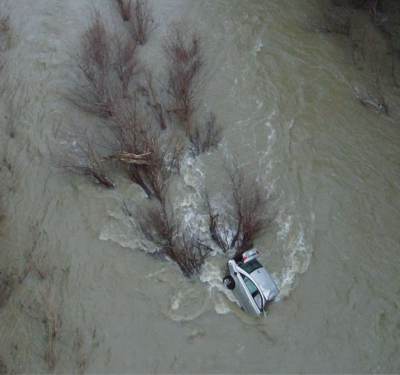
LAS VEGAS—The pending beyond visual line of sight waiver for drone delivery company Zipline is expected to be the first example of a beyond visual line of sight “summary grant” from the FAA, meaning other companies doing similar operations can expect more speedy waiver approvals for BVLOS operations.
Jeffrey Vincent, the executive director of the FAA’s UAS Integration Office, and Brandon Roberts, the executive director for rulemaking, discussed the waiver and the pending BVLOS rule on the second day of the Commercial UAV Expo here.
“Nobody’s more frustrated with how long rulemaking takes than I am,” Roberts said. “We really do want to move faster.”
He said in the early days of the Section 333 exemptions, the first approvals were for Hollywood, to replace heavy manned helicopters with drones.
“It took us forever to justify that safety case, which made sense on its face,” he said. Once it happened, however, other 333 exemptions quickly followed suit. By the time the agency moved to Part 107 waivers, there were almost 20,000 Section 333 exemptions “out in the wild,” he said.
The same should happen with the new exemptions, he said. The first ones are taking a while, “but once we’ve said yes…that’s the majority of the work for the exemptions that come later. It should in theory be easier to say yes.”
One big pending change is the final BVLOS rule. The Notice of Proposed Rulemaking is scheduled for August 2024, with a comment period after that, so a final rule won’t come until 2025.
“From an industry perspective, that is long term,” said Lisa Elllman, executive director of the Commercial Drone Alliance, who moderated the talk with Vincent and Roberts. Vincent joked that for him and Roberts, 2025 is “tomorrow.”
The agency on Sept. 6 announced it had approved waivers for uAvionix and UPS Flight Forward, joining an earlier approval for Phoenix Air Unmanned, all three of which the agency has referred to as pathfinders for other companies and which may indicate what’s in the final BVLOS rule.
Still pending is the one for Zipline, which has extensive delivery experience in Africa and is hoping to expand that. The company wants to use its detect and avoid systems to deconflict with other aircraft during BVLOS operations.
“My personal goal would be, the new precedent that I would love to set with that fourth exemption, is a summary grant,” Roberts said. That would lead to similar operations for multiple operators, then the agency could see what’s working and what’s not working.
“So, I’m hoping very, very soon we’ve got a summary grant coming out in the beyond visual line of sight space,” he said. “And the reason that’s exciting is, this will be the first summary grant that comes out for beyond visual line of sight, and that’s usually the indicator, just like it was for the 333 exemptions, that the FAA has dedicated to get those operations out in the wild and really learning from them…we know it’s been long, but we are right on the precipice of some really exciting operations.”
Remote ID
Following up on the news from Sept. 6 that the pending Remote ID requirement will be delayed in some form, Roberts said it’s a complicated issue and may not play out as a simple across-the-board delay.
The FAA wants to reward companies that have stepped up and installed the required equipment without punishing those who have tried to get the Remote ID beacons but haven’t been able to due to supply chain issues.
“We don’t just want to delay everything,” he said, adding the FAA also has agreements with its “security partners” in the government that want Remote ID.
“We want to balance all those interests,” he said. Remote ID “will be a requirement, but we want to make sure we’re not grounding fleets of aircraft from people who want to be compliant but simply can’t get a broadcast module right now.”






